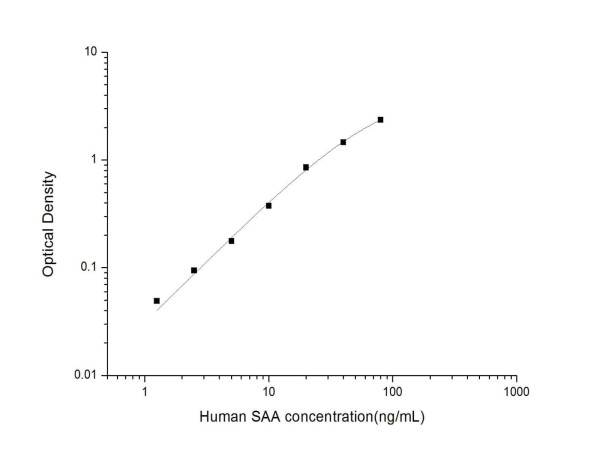Cookie preferences
This website uses cookies, which are necessary for the technical operation of the website and are always set. Other cookies, which increase the comfort when using this website, are used for direct advertising or to facilitate interaction with other websites and social networks, are only set with your consent.
Configuration
Technically required
These cookies are necessary for the basic functions of the shop.
"Allow all cookies" cookie
"Decline all cookies" cookie
CSRF token
Cookie preferences
Currency change
Customer-specific caching
FACT-Finder tracking
Individual prices
Selected shop
Session
Comfort functions
These cookies are used to make the shopping experience even more appealing, for example for the recognition of the visitor.
Note
Show the facebook fanpage in the right blod sidebar
Statistics & Tracking
Affiliate program
Conversion and usertracking via Google Tag Manager
Track device being used

If you have any questions, please use our Contact Form.
You can also order by e-mail: info@biomol.com
Larger quantity required? Request bulk
You can also order by e-mail: info@biomol.com
Larger quantity required? Request bulk
The apolipoproteins are a structurally-unrelated group of proteins that have some association... more
Product information "Anti-Serum Amyloid A1/SAA (Detector), clone 29C11"
The apolipoproteins are a structurally-unrelated group of proteins that have some association with the transport of lipids in blood. Apolipoproteins,plus phospholipids,cholesterol and triglycerides,form spherical particles with a lipid/hydrophobic center and a (apolipo)protein coat. The apolipoprotein coat promotes aqueous solubility and serves as a ligand for lipoprotein receptors. HDl may contain apolipoproteins A,C,D,E,J,l and M,while lDl contains apolipoproteins B and E. ApoAI and ApoA2 are major protein components of serum high-density lipoprotein (HDl) and are produced by the liver and small intestine. They are involved in reverse cholesterol transport from tissues to the liver. Polymorphisms of ApoA2 are associated with disorders of cholesterol and fatty acid metabolism. Human ApoB (Apolipoprotein B-100) is a 550 kDa,secreted,palmitoylated glycoprotein that is part of lDl and VlDl particles. It is made by liver and is 4536 aa in length. It binds lDl to the ApoB/E receptor. ApoC activates lipoprotein lipase and may self-associate to form amyloid-type fibrils. ApoE is a 34 kDa protein component of serum chylomicrons,VlDl,and HDl particles. It mediates the binding,uptake,and catabolism of these particles through interactions with the ApoE receptor and lDl receptors in the liver and brain. ApoE is important in fatty acid homeostasis and memory formation. Polymorphisms encode three variants (ApoE2,3,4) which are differentially related to the development of atherosclerosis and neurogenerative disorders,particularly Alzheimer's disease. Serum amyloid A proteins (SAAs) are a family of homologous apolipoproteins of high density lipoprotein (HDl). They can be divided into two groups. The first group consists of the acute phase SAA1 and SAA2 that associate with HDl during inflammation and remodel the HDl particle by displacing apolipoprotein A1. The second group consists of constitutively expressed SAA4 and SAA5 that exist as minor apolipoproteins on HDl but make up more than 90% of the total SAA during homeostasis. Protein function: Major acute phase protein. [The UniProt Consortium]
| Keywords: | Anti-SAA1, Serum Amyloid A1/SAA Monoclonal Antibody(Detector) |
| Supplier: | Elabscience |
| Supplier-Nr: | E-AN001590P |
Properties
| Application: | ELISA Detector |
| Antibody Type: | Monoclonal |
| Clone: | 29C11 |
| Conjugate: | No |
| Host: | Rat |
| Species reactivity: | human |
| Immunogen: | Recombinant Human Serum Amyloid A1/SAA protein expressed by E.coli |
Database Information
| KEGG ID : | K17310 | Matching products |
| UniProt ID : | P0DJI8 | Matching products |
| Gene ID : | GeneID 6288 | Matching products |
Handling & Safety
| Storage: | +4°C |
| Shipping: | +4°C (International: +4°C) |
Caution
Our products are for laboratory research use only: Not for administration to humans!
Our products are for laboratory research use only: Not for administration to humans!
Information about the product reference will follow.
more
You will get a certificate here
Viewed

